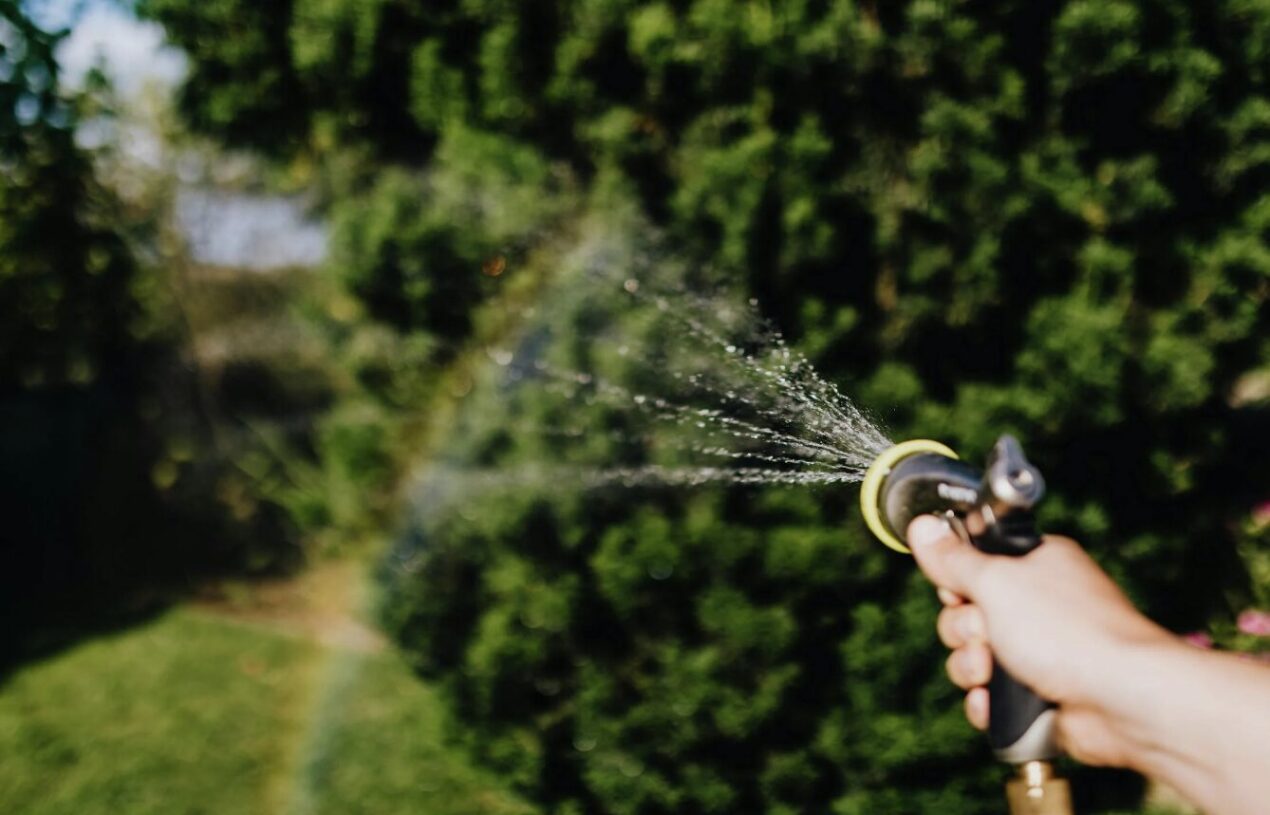Australia ranks among the driest continents on earth. Australia receives on average 470mm of rainfall per year, which is well below the global average. Despite this, Australians consume an average of 100,000 litres of fresh water every year.
Water consumption is of vital concern to every Australian. Governments, large landowners and manufacturers are under constant pressure to preserve this precious resource.
You have a role to play, as well. Smart water conservation starts at home, and you can make a difference.
Rainwater Tanks
Install a rainwater collection tank. You can collect up to 80% of the rain that falls on areas of your roof that are connected to gutters. For example, if 10mm of rain falls on your 100m2 roof, you can harvest about 800 litres. That’s as much as an average family of three uses in a day.
You can use this water for landscaping, and lower your water bill correspondingly. In South Australia, this is the main source of drinking water for many.
Capturing and storing rainfall is an excellent way for you to conserve water.
Fix Water Leaks
If you are aware of any leaks or drips in your plumbing get them fixed. Even a small leak can waste 10 litres of water a day. If left untended this can add up to almost 4,000 litres per year.
If you have an active leak, you can find many qualified plumbers in Hornsby, NSW
Bathroom
The most water is used in homes by showering and bathing. It is easy to save water in the shower by implementing a few simple changes.
Cut down your shower time. Taking shorter showers saves water! A shower time of 4 minutes is recommended. If you enjoy a long luxurious hot shower, and can’t cut it to 4 minutes, experiment and see how much you can cut down. You can use a kitchen timer as an aide to taking shorter showers.
Take a military shower. Rinse yourself, turn the water off and lather up. Then when you’re ready turn the water back on to rinse.
Install water-saving shower heads or flow restrictors. You can do these yourself or hire a contractor if you are doing a remodel.
Toilets are another target of water conservation. Only flush as much as you need to. New toilets are designed with multiple modes of operation. Choose the low-water flush for liquids.
Don’t put anything in the toilet that isn’t necessary. Wads of paper and other items require more water to flush.
Kitchen
Believe it or not, new dishwashers use less water than washing by hand. The average consumption of a modern dishwasher is about 13L. Estimates of hand washing are 20L on the conservative side and as high as 90L involving constant running water.
If you are in the market, buy a new water-efficient dishwasher.
Permits
Make sure to get the proper permits if you are a large-scale user of water. The permitting process is designed to allow governments and other interested parties to predict water needs and then build adequate infrastructure and implement policies to benefit all concerned.

